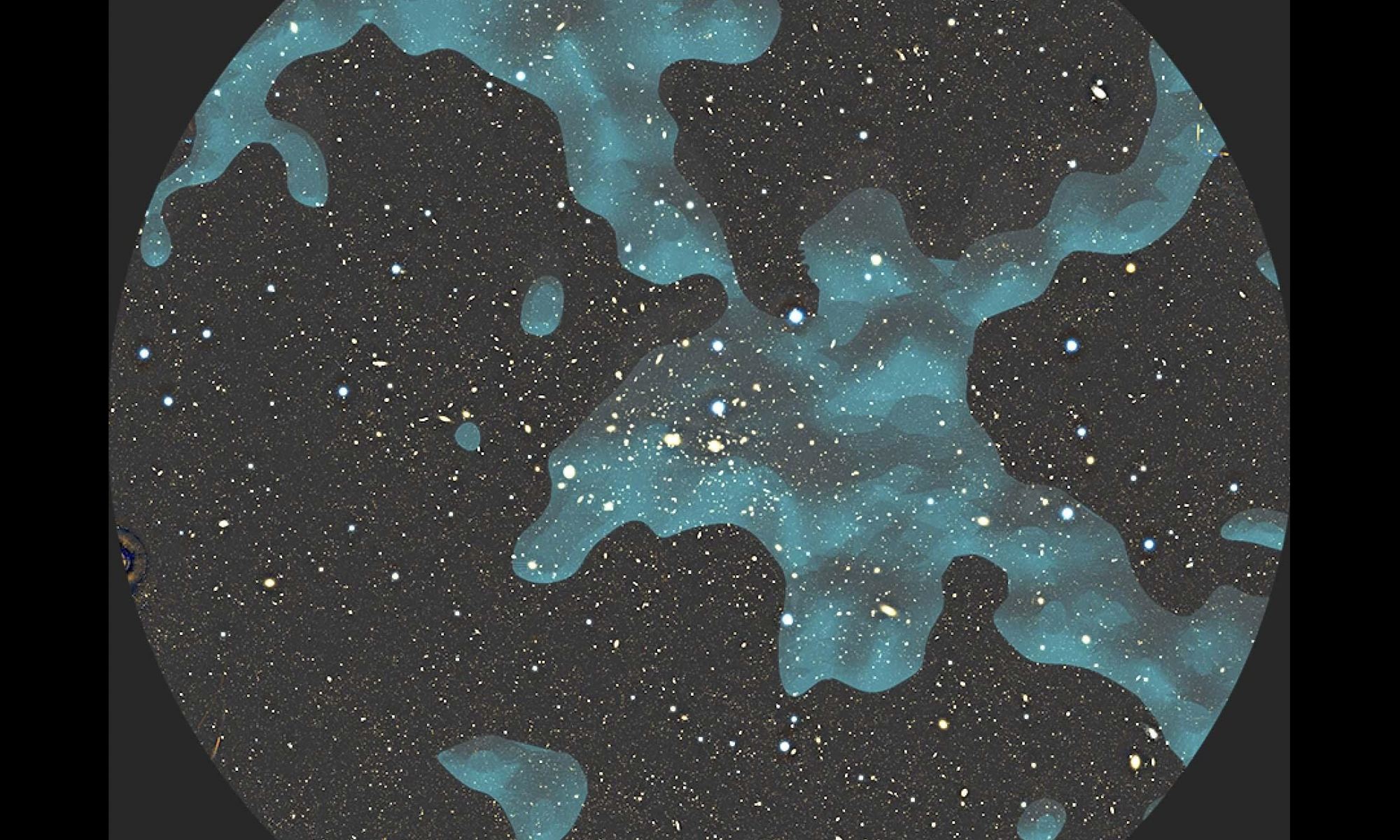According to our predominant cosmological models, Dark Matter makes up the majority of mass in the Universe (roughly 85%). While it is not detectable in visible light, its influence can be seen based on how it causes matter to form large-scale structures in our Universe. Based on ongoing observations, astronomers have determined that Dark Matter structures are filamentary, consisting of long, thin strands. For the first time, using the Subaru Telescope, a team of astronomers directly detected Dark Matter filaments in a massive galaxy cluster, providing new evidence to test theories about the evolution of the Universe.
The team consisted of astronomers from the Department of Astronomy and the Center for Galaxy Evolution Research (CGER) at Yonsei University and the Department of Physics and Astronomy at the University of California Davis (UC Davis). Their results appeared in a paper, “Weak-lensing detection of intracluster filaments in the Coma cluster,” on January 5th, 2024, in Nature Astronomy. As the team explained, Subaru revealed the terminal ends of dark matter filaments in the Coma Cluster spanning millions of light years.

Our accepted cosmological models predict that galaxy clusters grow at the intersection of Dark Matter filaments that make up the large-scale structure of the Universe (“cosmic web”) and extend for tens of millions of light-years. While this hypothesis is supported by observations of the distribution of galaxies and gas (i.e., baryonic or “visible” matter) in the Universe, there have been no direct detections of the dark matter component of intracluster filaments (ICFs) until now. Using the Subaru Telescope, the Yonsei-led team searched for signs of dark matter filaments in the Coma Cluster.
This cluster is located 321 million light-years away in the direction of the constellation Coma Berenices and contains over 1,000 identified galaxies. It is also one of the largest and closest galaxy clusters, which makes it a good candidate for looking for faint signs of Dark Matter. However, its proximity also makes it difficult to observe the entire cluster. But thanks to the Subaru Telescope’s combination of high sensitivity, high resolution, and wide field of view, the team was able to detect weak-lensing effects that indicated the presence of ICFs in the Coma Cluster.
In short, the team observed how light was amplified by Dark Matter strands that stretched for millions of light years. This is the first time these strands have been confirmed directly, providing new evidence for Dark Matter and a means of testing cosmological theories.
Further Reading: Subaru Telescope

